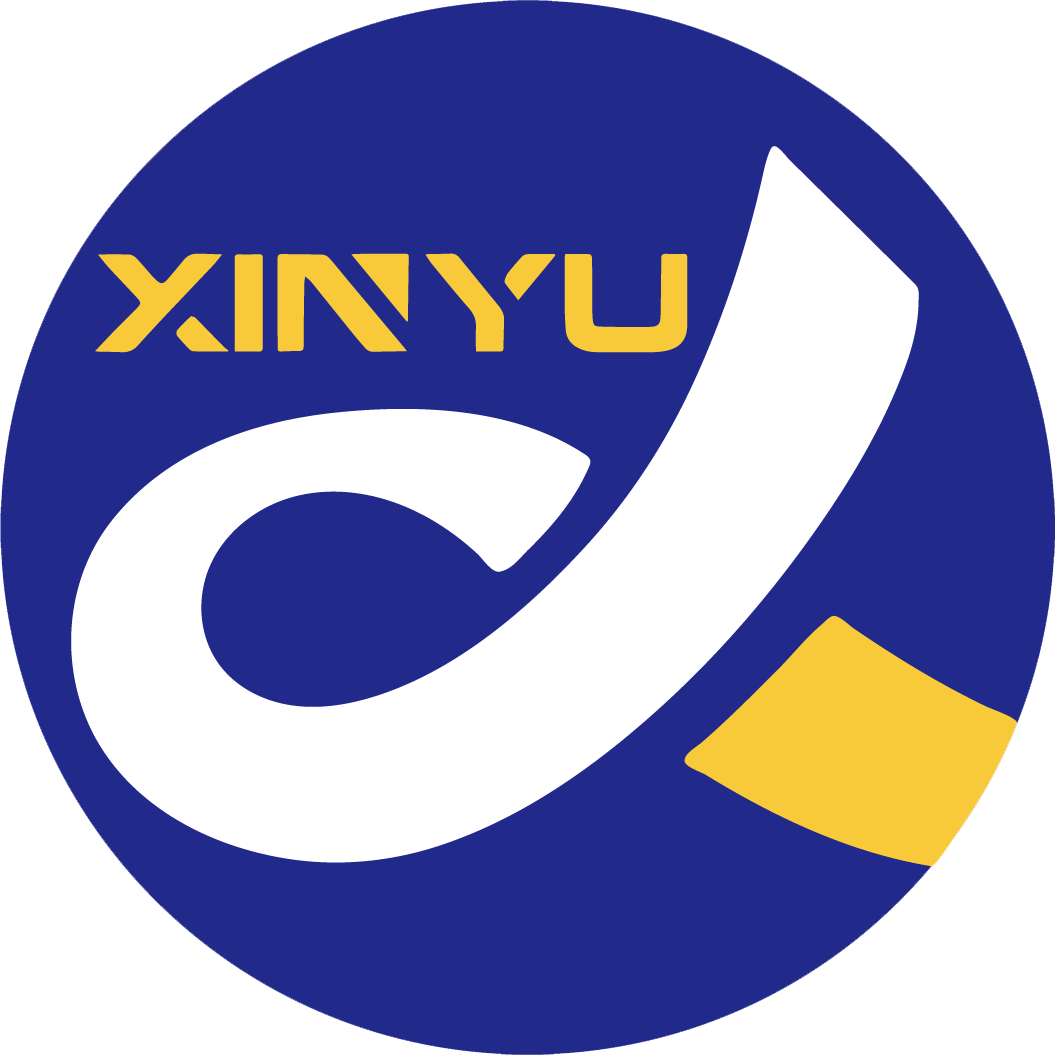Email: sales5@stxinyu.com
Unlocking the Benefits of Educational Toys: A Comprehensive Guide
In the journey of children’s growth, toys play an indispensable role. Among them, educational toys have gained significant popularity among parents and children alike due to their unique blend of educational value and fun. These toys not only spark children’s curiosity but also enhance their thinking, problem-solving, and hands-on abilities during playtime. In this article, we will explore the various categories of educational toys, their impact on children, tips for selecting age-appropriate educational toys, purchasing methods, and the global popularity of these toys across different countries.
Categories of Educational Toys:
Educational toys come in a wide range of categories, catering to diverse interests and age groups. Here are some of the most popular types:
- Puzzle Toys: Classic puzzle toys like jigsaw puzzles and building blocks help children develop spatial perception, hand-eye coordination, patience, and concentration.
- Strategy Games: Board games such as chess, Go, and flying chess foster children’s logical thinking, strategic planning, and competitive spirit.
- Scientific Experiment Toys: These toys encourage children to explore scientific principles through hands-on experiments, thereby stimulating their scientific curiosity and creativity.
- Programming Robots: As technology advances, programmable robots are becoming increasingly popular among children. They help children learn fundamental programming concepts and develop critical thinking and problem-solving skills.
- Educational Electronics: Devices like reading machines and early education machines engage children in learning through interactive audio and visual content, enhancing their interest in learning.
Impact of Educational Toys on Children:
The benefits of educational toys on children’s development are numerous:
- Intellectual Development: Educational toys stimulate children’s brains, promoting cognitive growth and enhancing their thinking, observation, and judgment skills.
- Hands-On Skills: Many educational toys require children to actively engage with them, improving their hand-eye coordination and fine motor skills.
- Problem-Solving Skills: Educational toys often present challenges that encourage children to think critically, experiment, and find solutions, thereby developing their problem-solving abilities.
- Imagination and Creativity: Open-ended educational toys inspire children to use their imagination and creativity, nurturing their innovative thinking and artistic talents.
Choosing Age-Appropriate Educational Toys:
Selecting the right educational toys for children depends on their age and interests. Here are some guidelines:
- Early Childhood (Under 3 Years Old): Simple, colorful shape puzzles and building blocks are ideal for stimulating visual and tactile perception and developing hand-eye coordination.
- Preschool Children (3-6 Years Old): More complex puzzles, board games, and interactive toys can help children develop logical thinking, strategic planning, and social skills.
- School-Age Children (Over 6 Years Old): Challenging science experiment kits, programming robots, and other advanced educational toys can foster scientific curiosity, innovation, and problem-solving skills.
When selecting educational toys, always prioritize safety and quality. Ensure that the toys have no sharp edges or small parts and opt for brands with a reputation for producing high-quality, eco-friendly materials.
Purchasing Educational Toys:
Parents have several options when it comes to buying educational toys:
- Physical Stores: Shopping in stores allows parents to physically inspect the toys and seek advice from knowledgeable sales staff.
- Online Shopping: E-commerce platforms and brand websites offer a convenient way to compare prices, read reviews, and enjoy discounts and promotions.
- Second-Hand Market: Cost-effective second-hand educational toys can be found on platforms like eBay or Facebook Marketplace, but always check the product’s condition and safety standards.
Popularity of Educational Toys Across Different Countries:
The demand for educational toys varies across different countries, influenced by cultural, economic, and educational factors:
- US Market: The US is one of the largest toy markets globally, with a strong preference for educational toys that promote children’s cognitive and motor skills development.
- European Market: The European market also values innovation and quality in educational toys, with many well-established brands offering a wide range of products.
- Asian Market: In countries like China, Japan, and South Korea, the demand for educational toys is growing rapidly, reflecting a growing appreciation for the educational benefits and cultural enrichment they provide.
In conclusion, educational toys play a vital role in children’s development worldwide. By understanding the various categories, benefits, and selection criteria for these toys, parents can make informed decisions that foster their children’s growth and learning.

